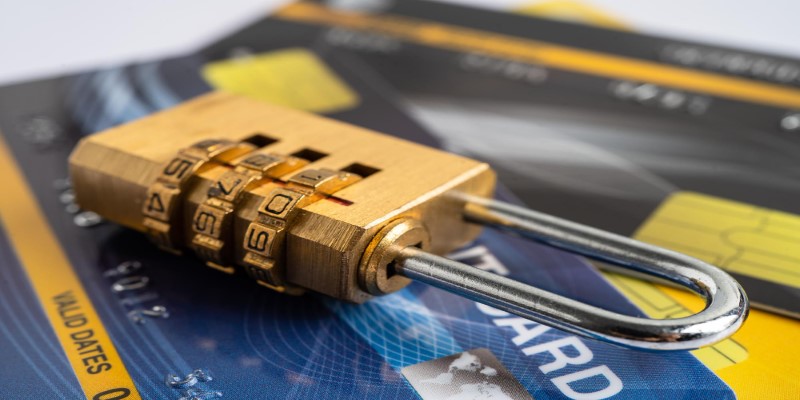Overdraft protection is a service offered by banks to their customers as a safeguard against insufficient funds in their account, potentially saving them from the embarrassment and inconvenience of bounced checks. The intricacies of this service, however, may seem convoluted to many, with different types of overdraft protection and their respective conditions adding to the confusion. This article aims to demystify overdraft protection, providing a comprehensive breakdown of its various types, how they function, and the pros and cons of each. With this knowledge in hand, you can make an informed decision about whether overdraft protection is a service that suits your banking needs and habits.
Definition of Overdraft Protection
Overdraft protection can be defined as a financial service offered to customers by banks, allowing them to make transactions that exceed the amount in their account. This feature is usually tied to a checking account and prevents the customer from overdrawing their account, which would result in a bounced check or declined transaction.
How overdraft protection works?
Overdraft protection works by linking a secondary account, such as a savings account or credit card, to your checking account. If you make a transaction that exceeds the balance in your checking account, the bank will automatically transfer funds from the linked account to cover the transaction. This can be done either as an automatic transfer or through a line of credit.
Types of Overdraft Protection

Overdraft Coverage
The most common type of overdraft protection is called "overdraft coverage." This works by automatically transferring funds from a linked account, such as a savings or money market account, to cover the overdrawn amount. The bank may charge a fee for this service, but it can save you from additional fees for bounced checks or declined transactions.
Overdraft Line of Credit
Another type of overdraft protection is an overdraft line of credit, which functions like a small loan linked to your checking account. This allows you to overdraw your account up to a certain limit and the bank will charge interest on the overdrawn amount until it is repaid. While this option can provide more flexibility, it also comes with additional fees and interest charges.
Overdraft Transfer
Some banks may offer overdraft transfer services without any additional fees. This type of overdraft protection allows you to link multiple accounts, such as a checking account and savings account, and will automatically transfer funds from one account to cover an overdrawn amount in the other. However, there may be limits on the number of transfers allowed per month.
Linked Account Overdraft Protection
Linked account overdraft protection is similar to overdraft transfer, but instead of linking multiple accounts within the same bank, it allows you to link accounts at different banks. This can be useful for individuals who have accounts with multiple banks and want to avoid fees for transferring funds between them.
Benefits of Overdraft Protection
- Convenience: With overdraft protection, you do not have to worry about declined transactions or bounced checks.
- Avoidance of fees and penalties: Overdraft protection can save you from incurring hefty fees and penalties for insufficient funds.
- Emergency coverage: In case of an emergency where you need to make a transaction that exceeds your checking account balance, overdraft protection can come in handy.
Drawbacks of Overdraft Protection
- Fees: Banks charge fees for each transaction made with overdraft protection, which can add up quickly.
- Interest: With an overdraft line of credit, you will be charged interest on the amount withdrawn, making it a more expensive option.
- Potential to overspend: Having access to overdraft protection may tempt you to overspend, leading to an increase in debt and fees.
Factors to Consider When Choosing an Overdraft Protection Plan

- Frequency of overdrafts: If you frequently find yourself overdrawing your account, it may be beneficial to opt for a plan with low or no fees.
- Cost of fees and interest: Compare the fees and interest rates of different plans to determine which one will be most cost-effective for your banking habits.
- Linking accounts: Consider whether you prefer to link a savings account, credit card, or another checking account for overdraft protection.
- Balance requirements: Some banks may require a minimum balance in your linked account for overdraft protection to be activated. Make sure you are aware of these requirements and can maintain them.
Tips for Managing Overdraft Protection
- Keep track of your account balances and transactions to avoid overdrawing your account unintentionally.
- Set up alerts or notifications on your accounts to receive updates on balances and transactions.
- Consider opting out of overdraft protection if you prefer not to incur fees and penalties for overdrawn amounts.
Conclusion
Overdraft protection can be a valuable service for those who want to avoid the hassle and fees of bounced checks or declined transactions. However, it is important to consider the types of overdraft protection available, their associated fees and potential drawbacks, as well as your own banking habits before opting for this service. With proper management and understanding of the different options, you can make an informed decision about whether overdraft protection is the right choice for you. So, before making any decision it is always beneficial to research and compare different plans offered by banks and choose the one that best suits your financial needs and habits. Remember, overdraft protection should be used as a safety net, not as a way to overspend and accumulate debt.







